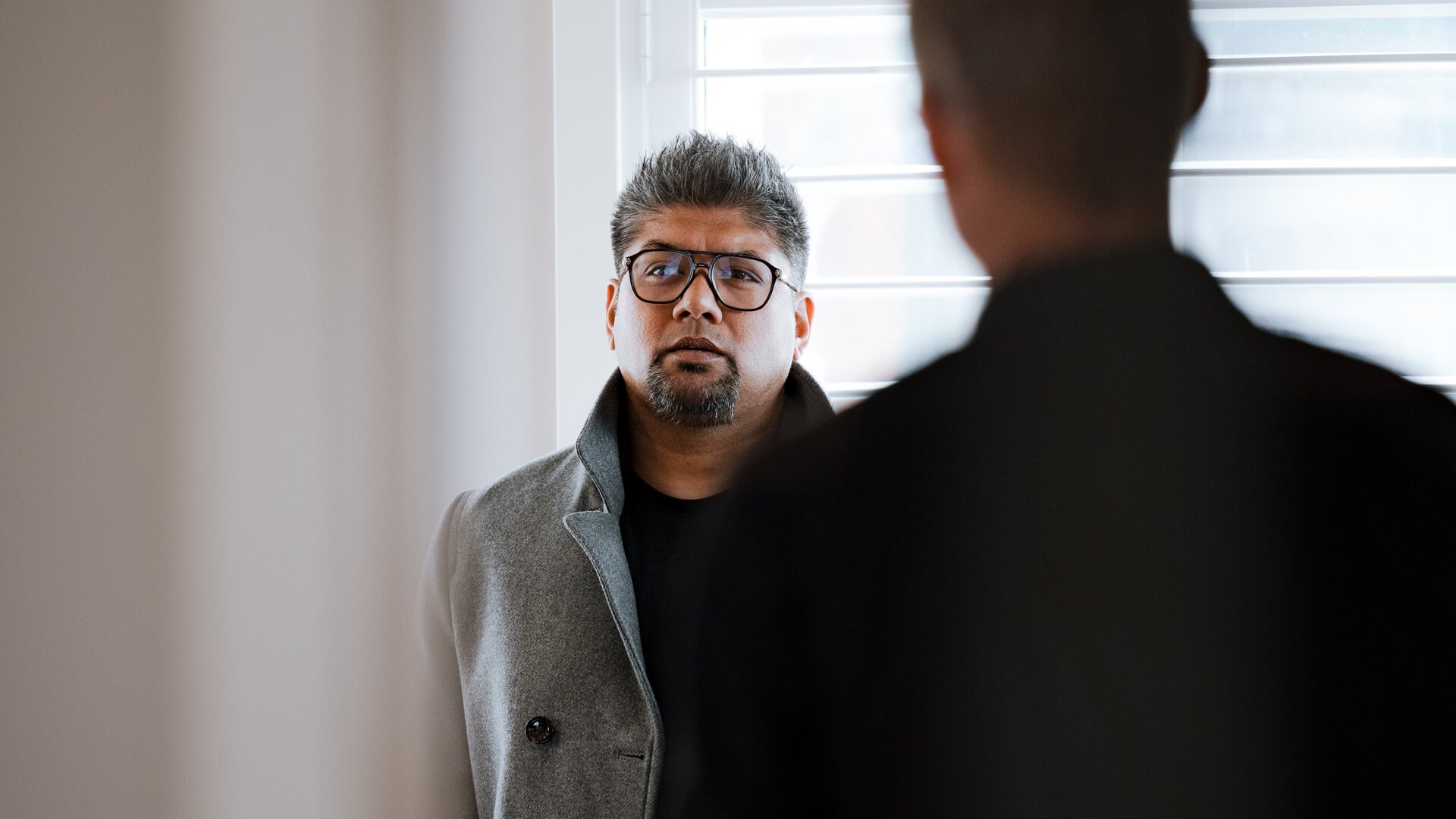Why Your Team Isn't Speaking Up (And What to Do About It)
We’ve all been there: You explain your position clearly (maybe even brilliantly), and instead of agreement, you get resistance.
When someone pushes back, especially when the stakes are high, it can feel like they’re not listening. But more often than not, they are. They’re just not agreeing with you.
The reality is, a lot of us don’t know the difference between being listened to and being agreed with. And when we confuse disagreement with a lack of consideration or see it as a dismissal of our perspective, we start shutting down the very culture we’re trying to build.
In my book Work 9.0, I argue that great Work only happens inside cultures where people are encouraged to think, speak, challenge, and grow. That kind of culture isn’t built by avoiding tension — it’s built by learning to navigate it, especially when disagreement feels personal.
Let’s unpack what’s actually happening when someone feels dismissed or disrespected, not because they were ignored but because the conversation got uncomfortable. Because if you can spot that moment and lead through it instead of around it, you’ll build a culture where trust doesn’t break down at the first sign of disagreement — it deepens.
Why Disagreement Feels Personal
When someone disagrees with us, it doesn’t just challenge our ideas. It can feel like our perspective doesn’t matter. And as humans, we take that personally.
Even when we know disagreement is part of healthy dialogue, it often lands harder than expected, especially when it comes to issues we care deeply about.
A recent study by Rebecca Schaumberg and Zhiying Bella Ren at the University of Pennsylvania makes this painfully clear. Across 11 experiments, they found a consistent pattern: When participants were agreed with, they rated the other person as a good listener, even if that person wasn’t actually listening. But when they were disagreed with, even by someone who was thoughtful and attentive, they rated them as a bad listener.
The conclusion? We mistake agreement for attentiveness and disagreement for dismissal.
But it’s not just about how we interpret responses. It’s also about who we think gets to disagree with us. A junior team member? “They’re out of their depth.” Someone from another department? “That’s not their lane.” I’ve seen every one of these play out in companies I’ve worked with or led. That tendency to filter arguments based on a person’s identity or status, whether conscious or not, breaks down the very trust we say we’re building.
Because when disagreement starts to feel like being ignored — or worse, disrespected — people hold back. Not because they lack ideas, but because they’re unsure their voice matters.
And when that happens, you don’t just lose ideas. You lose trust.
Why Disagreement Is Hard (Even When We Know Better)
Disagreement is how ideas sharpen. It’s how teams stress-test decisions, surface blind spots, and push past groupthink. When we engage in it skillfully, we create the conditions for clarity, alignment, and progress.
But if we know disagreement is not only valuable but necessary, why do so many teams still avoid it?
In my experience, it’s rarely because leaders don’t want feedback. It’s because disagreement triggers discomfort. Someone challenges an idea, and suddenly the room fills with tension. Even seasoned leaders feel the urge to smooth it over or steer things back to safer ground.
It’s not only about the discomfort. It’s also about asymmetry. The more senior your role, the less likely others are to push back. Not because they lack insight, but because they’re unsure how it will land. It feels too risky.
But it shouldn’t feel like that. Because when people feel like it’s safer not to say the hard thing, your company suffers.
This is the gap between knowing and leading.
Cultures that can hold disagreement aren’t accidental. They’re designed intentionally and reinforced consistently by leaders who don’t just tolerate discomfort, they embrace it.
Because when people feel like their perspective matters, they lean in. They keep thinking, questioning, and contributing. And that’s how great companies are built, one honest conversation at a time.
Building The Culture You Actually Need
So if we’re serious about building companies where our people and the Work they're doing can thrive, disagreement shouldn’t be seen as a disruption. It should be part of the process. So what does that actually look like?
It starts with culture. If you want to create an environment where team members at all levels feel empowered to (respectfully) disagree, here’s what needs to happen:
- Model the difference between listening and agreement: This distinction should be reinforced consistently, especially by leadership. Build moments of reflection into your own conversations so your team members feel supported to do the same. Pause when your emotions flare, check your assumptions, and clarify the difference between being understood and being agreed with.
- Value contributions based on substance, not status: Every Seat has a voice. And that voice should matter — regardless of title, tenure, or department. Make it clear that anyone can raise an issue, escalate a concern, or offer a perspective. Keep in mind that some of the sharpest insights often come from newcomers who haven’t yet adapted to “how things are done.”
- Build cultures on respect, not deference: Respect is treating people like adults, not shielding people from disagreement or hard conversations (or waiting until they’ve “earned” the right to share their opinions). It means listening to and engaging ideas, no matter who they come from.
- Clarify that feedback is more important than affirmation: High-trust, high-functioning teams don’t automatically equate feedback (or disagreement) with friction. Feedback should be built into your process and into every 1-on-1. Because when feedback is consistent, it stops feeling like a critique and starts feeling like respect.
This is what it means to build a principled culture where trust isn’t just a value, it’s a habit. And it starts with founders who model the difference between keeping the peace and making space for honest, hard conversations.
Embracing What’s Hard
Great companies don’t avoid disagreement. They design for it — intentionally, skillfully, and with respect.
They understand that challenge, when done well, is a form of care. That discomfort is often the cost of clarity. And that healthy debate isn’t a distraction from the work — it is the Work.
Because when people speak up, push back, and question the status quo, it means they’re engaged. It means they’re thinking. And it means the culture is strong enough to hold tension without breaking.
This is the new work of leadership: not managing emotions or chasing consensus, but building the conditions where people can think clearly, speak honestly, and listen fully. Even when it’s hard.
Because when we learn to listen beyond agreement, we build the kind of trust that fuels growth, strengthens teams, and makes meaningful Work possible.





